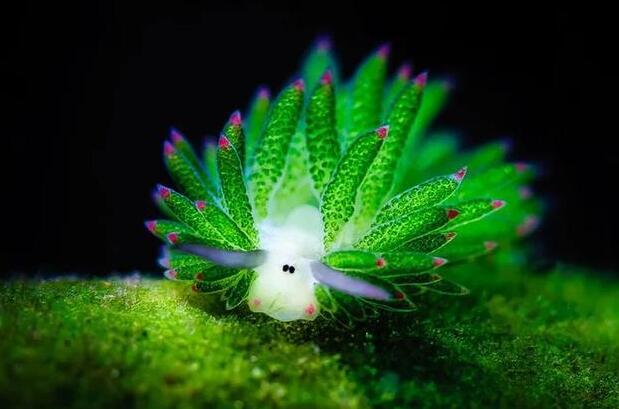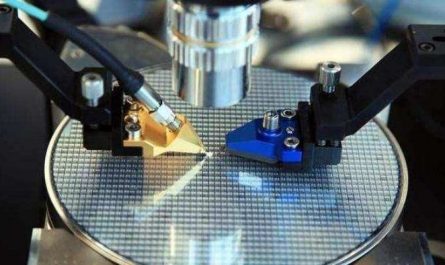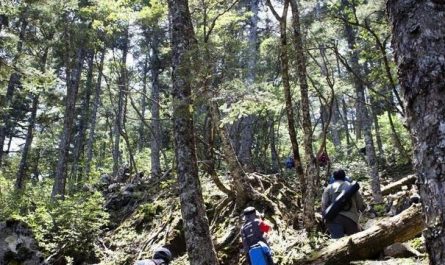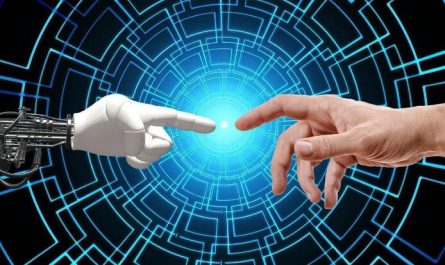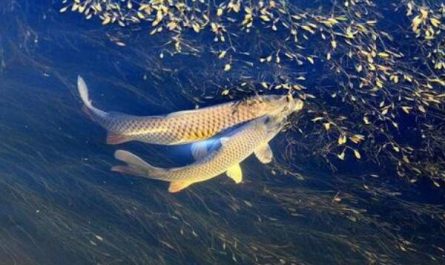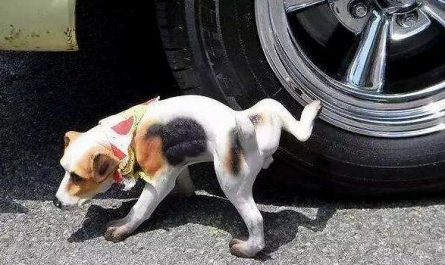Animals can also perform photosynthesis. This is not a fantasy. Plants can carry out photosynthesis mainly because there are chloroplasts in the plants, which can store energy through photosynthesis. There are no chloroplasts in animals, how do they photosynthesize? Of course, they also have their own methods. As for how these magical animals do it, let’s take a look together.
The first thing to talk about is the mutually beneficial symbiosis between animals and plants. Corals and zooxanthellae are examples of mutually beneficial symbiosis and cooperation between plants and animals. Corals are a group of cnidarians and their body structure is relatively simple. Zooxanthellae live in the inner layer of corals, absorb carbon dioxide and metabolic waste produced by corals, and then provide oxygen and energy to the corals. They also play an important role in the formation of calcareous bones in corals.
The symbiosis of sponge and green algae is the same as above. Sponges provide ground for green algae to protect their growth safety. Algae live in the middle rubber layer of the sponge to absorb carbon dioxide and metabolic waste, and at the same time provide oxygen to the host sponge. As long as the growth environment is relatively stable, the two will be more harmonious. Of course, if the growth environment becomes bad, the host will drive away the parasitic plants. When the living environment improves, they will return to their previous harmonious coexistence.
Compared with the above situation, the animals below are much smarter. This animal will eat plants, transfer the chlorophyll that originally belonged to the plant into its own body, store it in its own cells, and then use the transferred chlorophyll for photosynthesis, and use the energy of the sun to convert the carbon dioxide and water in its body. Transformed into nutrients that sustain oneself. Representatives of this powerful animal are the eastern emerald green sea sky beetle and sea slug (leaf sheep or sea hare). Green-leaf sea slugs can survive photosynthesis reliably even if they do not eat or drink for more than ten months if they have eaten Nosepar once. Compared with ordinary sea slugs, green leaf sea slugs have another advantage. They can seize the algae gene and pass it on to the next generation.
The animals above are relatively primitive coelenterates and crustaceans. At present, only one vertebrate species is found to be the most special, the cute spotted axolotl. Spotted axolotl was found to have a single-celled algae in the embryo, which means that they will photosynthesize themselves from birth. All vertebrates have their own perfect immune system. As for how this single-celled algae breaks through the internal biological defense mechanism and exists in animals, scientists have not yet ascertained the truth.
